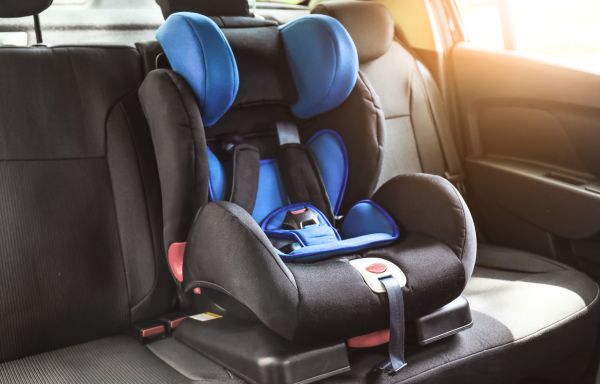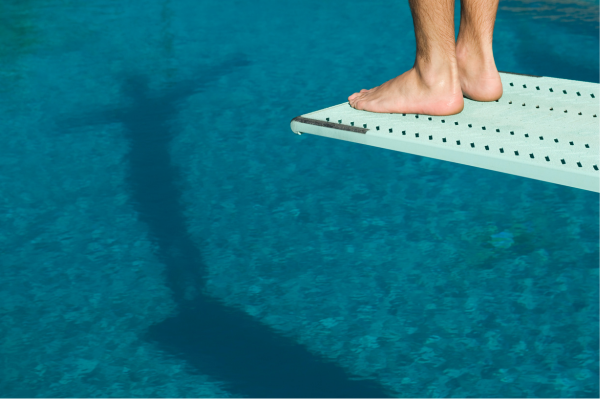New Child Seat Side Impact Requirements

Media outlets and parenting websites have reported on new side impact testing regulations for child car seats in the U.S. that were scheduled to take effect at the end of June 2025. Recent actions have delayed the date for these changes to take effect for a year and a half, until early December 2026. While many have indicated that these changes will increase side impact safety for children, there are several limits on the child seats these new rules apply to.
Before this change in the Federal Standard, a direct frontal impact test was the only test required for child seats. Numerous issues have been identified with child seats that demonstrated problems in side impacts resulting from real-world crashes. These issues include some early infant seats carriers that separated from the base in side impacts, as well as child seats advertised as having enhanced side impact protection that either showed limited protection for children in side impact collisions, or were not adequately tested.
The concept of side impact testing for child seats is not new. The National Highway Safety Administration (NHTSA) has been conducting research for 25 years to evaluate the protection of children in side impact. In 2014, NHTSA published an Advanced Notice of Proposed Rulemaking (NPRM) to add side impact testing for child seats. These changes were formally adopted in 2022, and were originally scheduled to go into effect at the end of June 2025.
Many media outlets have indicated that any child seat sold after June 30, 2025, must meet the new standards; however, that is not accurate. The changes to the child seat regulations were to apply to child seats manufactured after June 30, 2025. Therefore, child seats manufactured before this date will still be sold and may remain available for a significant amount of time after the new regulations take effect.
While many child seat manufacturers prepared for the new regulations by conducting side impact testing prior to the date of requirement, parents and caregivers should be aware that child seats manufactured before June 30, 2025, are not required to meet the new standards. Recently, the compliance date of the new regulation was extended from June 30, 2025, to December 5, 2026.
The new regulations do not apply to all child seats sold—only to child seats designed to restrain children weighing less than 40 pounds. Manufacturers still are not required to perform side impact testing on booster seats or child seats specified solely for children over 40 pounds. Child seats designed for children under 40 pounds that can be used with larger children (up to 65 pounds, in many cases) are only required to be tested with a dummy weighing approximately 35 pounds.
These new regulations do not evaluate the child seat performance with larger occupants. The required testing is focused on protecting a child seated on the ‘near-side’—meaning the side of the vehicle that is struck—and does not include evaluations of child seat performance when the seat is positioned on the far side or in the center of the vehicle during a crash.
Child seats tested under the new standard must meet specific criteria related to the protection of the child dummy restrained in the child seat. For example, it limits the Head Injury Criteria (HIC), a measurement used to evaluate the likelihood of head injury resulting from an impact. The standard also sets limits on the acceleration of the dummy’s chest and pelvis, and it calls for evaluation of head excursion as part of the test criteria. While the side impact requirements do not include a specific limitation on the head excursion, as Federal Motor Vehicle Safety Standard (FMVSS) 213 has for frontal impacts, it requires that the dummy’s head does not contact the side impact test assembly.
While there are still several areas of concern that the new child seat regulations do not address, the introduction of side impact testing criteria is a positive step forward. Studies have shown that proper use of a child seat provides a significant reduction in death and serious injury of children in crashes and should always be used. If you have specific questions or require help getting a child seat properly installed, resources are available to assist you. For more information, visit www.nhtsa.gov.
John R. Yannaccone, P.E.
Principal Mechanical Engineer
View all articles by John R. Yannaccone, P.E.
